How Much Does a Dental Milling Machine Cost?
2025-10-28
2025-04-14
Dental veneers are a popular cosmetic dentistry solution that can enhance the appearance of teeth. Among the various types of veneers available, direct dental composite veneers are gaining traction due to their unique properties and benefits. In this article, we will explore the advantages and disadvantages of direct dental composite veneers compared to other materials like porcelain and indirect veneers.
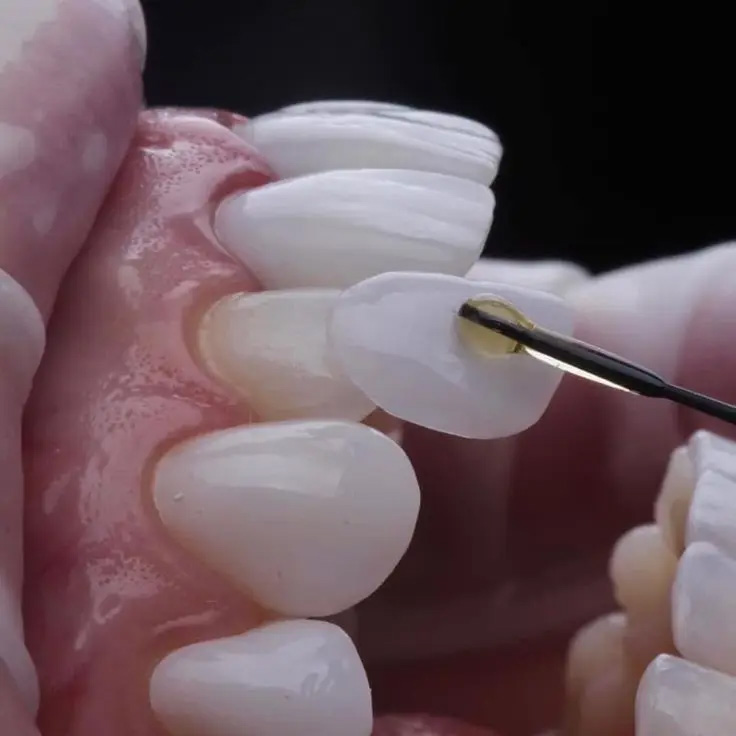
Direct dental composite veneers are made from tooth-colored resin materials that are applied directly to the teeth in a single visit. The dentist sculpts the composite material to create a natural-looking appearance, which can address issues such as discoloration, chips, and minor misalignments.
One of the most significant advantages of direct composite veneers is their affordability. They typically cost less than porcelain veneers, making them an attractive option for patients on a budget.
Direct composite veneers can be applied in just one dental visit. This immediacy is appealing to patients who want to achieve a new smile without multiple appointments.
The process of applying composite veneers is generally less invasive than that of porcelain veneers. Minimal tooth reduction is often required, preserving more of the natural tooth structure.
If a composite veneer becomes chipped or damaged, it can often be repaired easily and quickly in the dental office, eliminating the need for replacement.
Dentists can customize the shade and shape of composite veneers during the application process, allowing for a personalized aesthetic that matches the patient’s natural teeth.
While composite materials are resilient, they are not as durable as porcelain. Over time, composite veneers may wear down, chip, or stain, requiring more frequent replacements or repairs.
The lifespan of direct composite veneers is generally shorter than that of porcelain veneers. While porcelain can last 10-15 years or more with proper care, composite veneers typically last 5-7 years.
Composite materials are more susceptible to staining from food and beverages compared to porcelain. This can affect the overall appearance of the veneers over time.
The success of direct composite veneers relies heavily on the skill of the dentist. A less experienced dentist may not achieve the same level of aesthetics or fit as a skilled professional, leading to suboptimal results.
Composite veneers are best suited for minor cosmetic corrections. For more extensive dental issues, such as significant misalignments or structural concerns, porcelain veneers or crowns may be more appropriate.
Porcelain veneers are renowned for their strength and aesthetic appeal. They resist staining better than composite materials and have a longer lifespan. However, they require more tooth reduction, involve multiple appointments, and are generally more expensive.
Indirect composite veneers are fabricated in a dental lab and then bonded to the teeth. While they offer some advantages of porcelain in terms of durability, they still do not match the aesthetic qualities of porcelain veneers.
Direct dental composite veneers offer a cost-effective, quick, and minimally invasive solution for improving the appearance of teeth. However, they come with certain disadvantages, including durability and staining concerns. Patients should weigh these factors against their specific needs and consult with their dentist to determine the best option for their smile enhancement. Ultimately, whether opting for direct composite veneers or other materials, achieving a beautiful smile is within reach with the right dental care.

Dry & wet milling for zirconia, PMMA, wax with auto tool changer.
learn more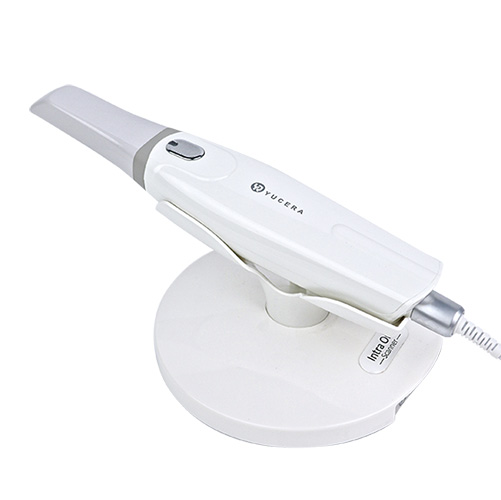
High-precision 3D scanning, AI calibration, full-arch accuracy.
learn more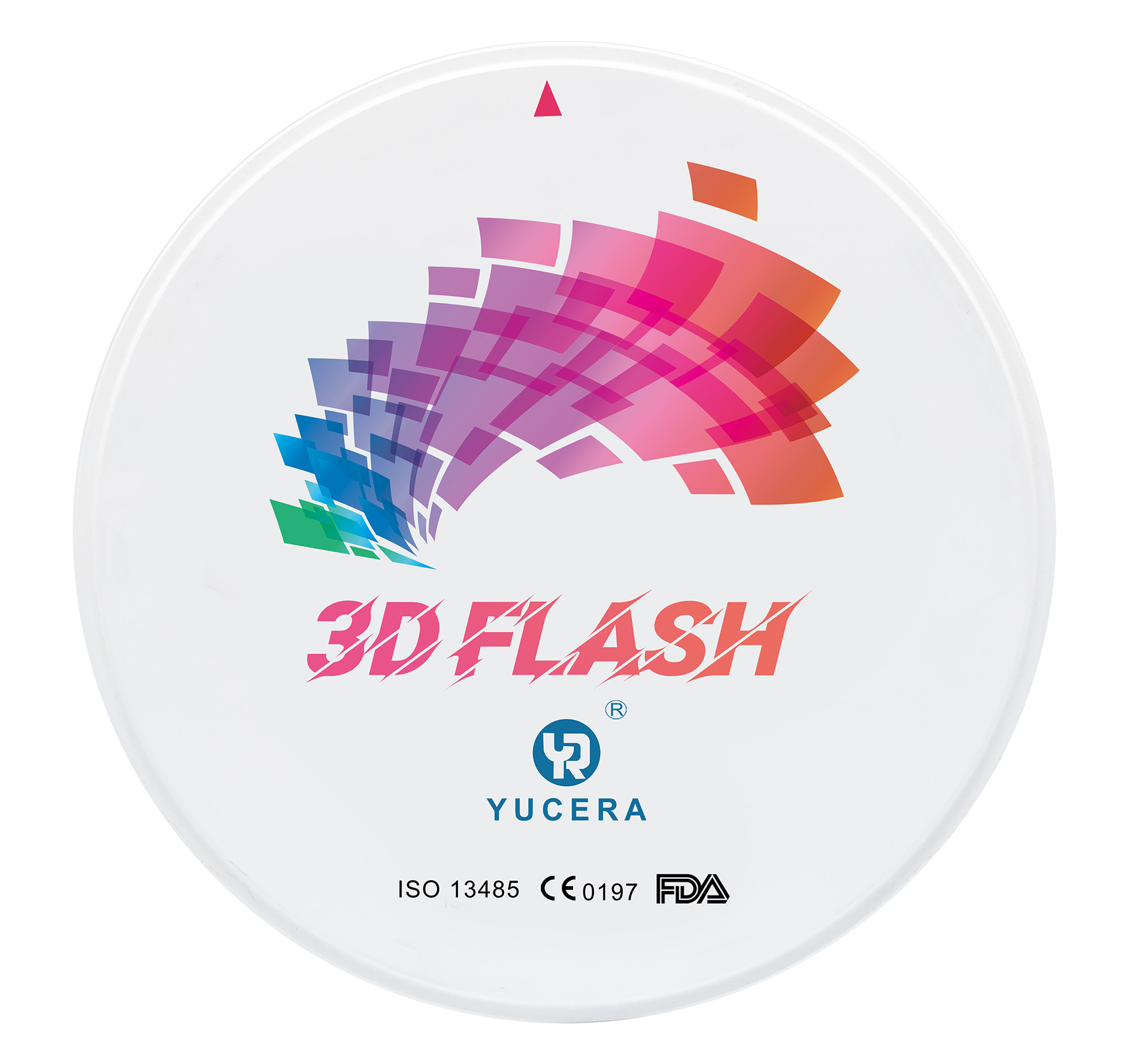
40-min full sintering with 57% incisal translucency and 1050 MPa strength.
learn more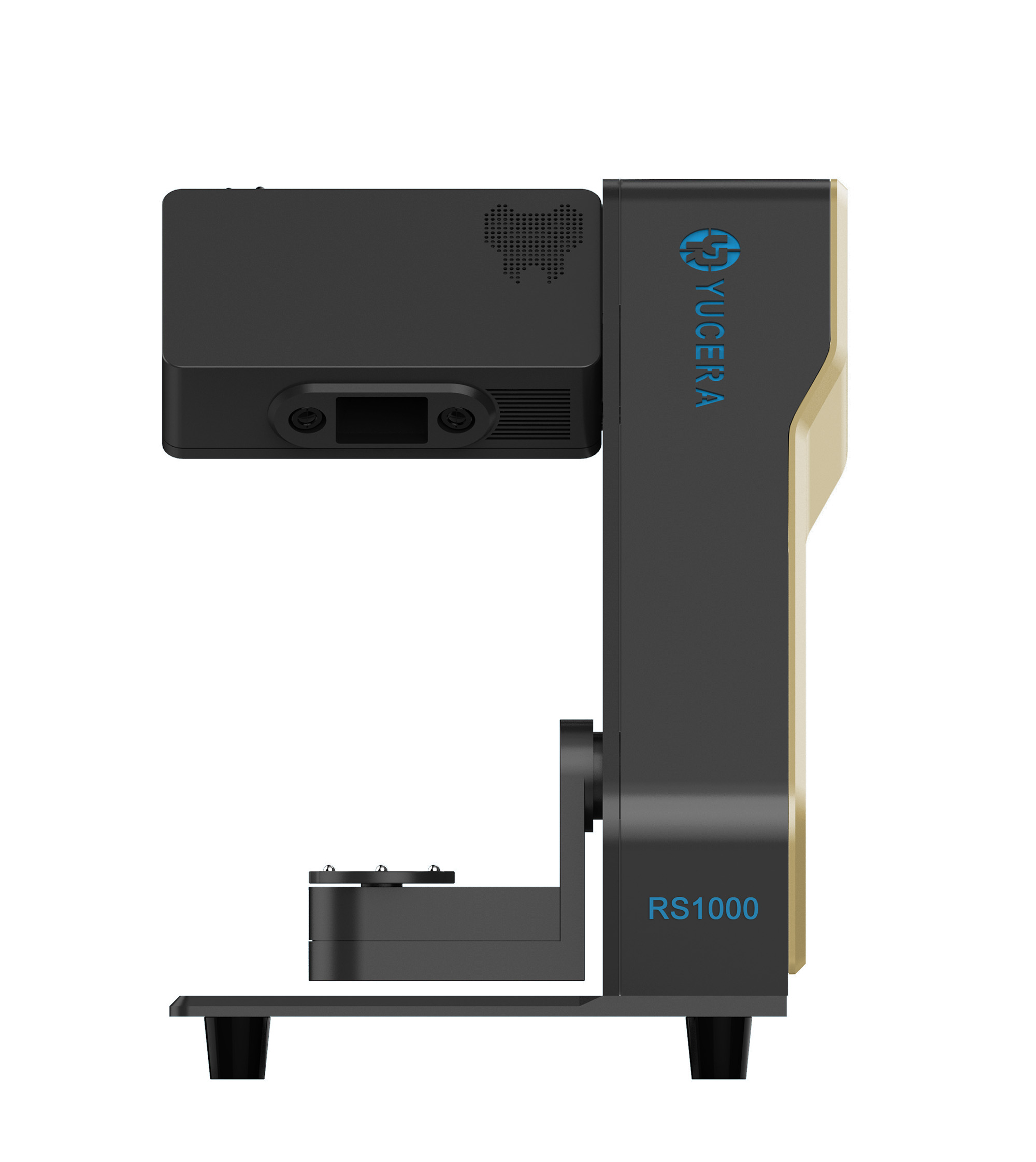
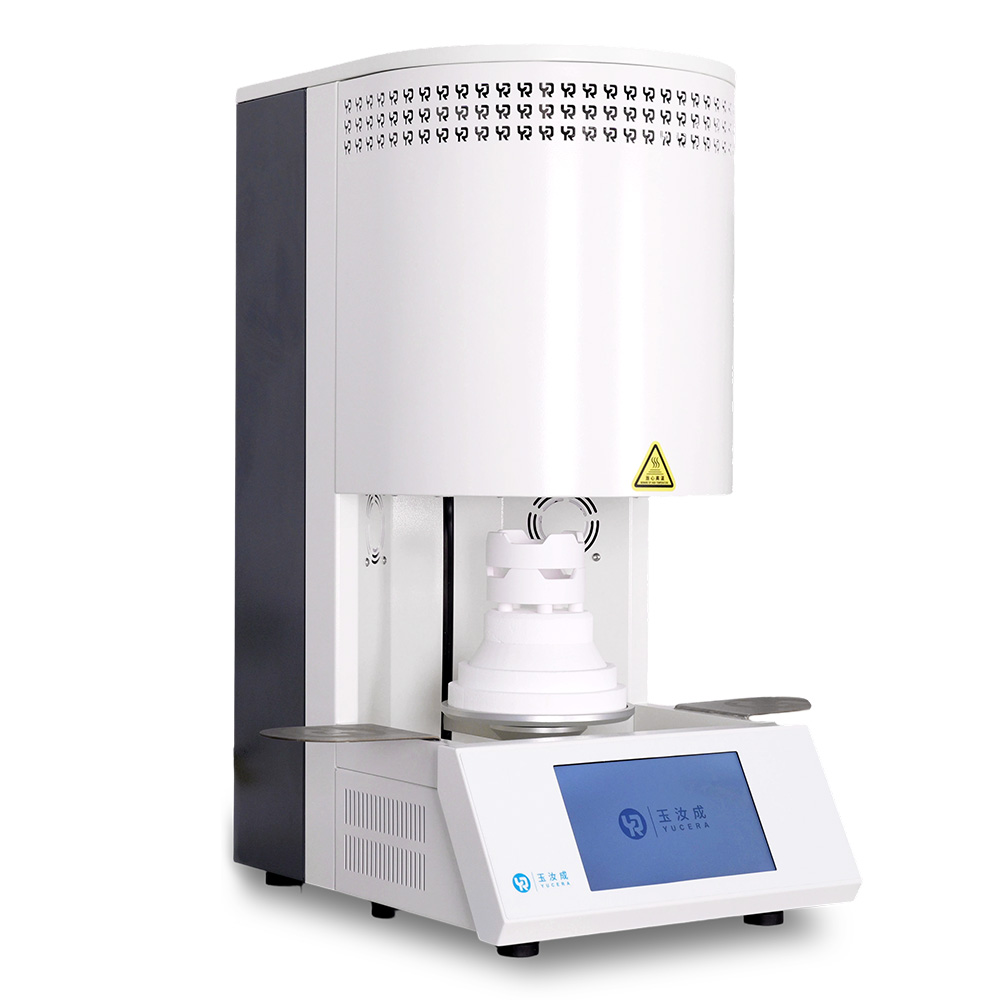
40-min cycle for 60 crowns, dual-layer crucible and 200°C/min heating.
learn more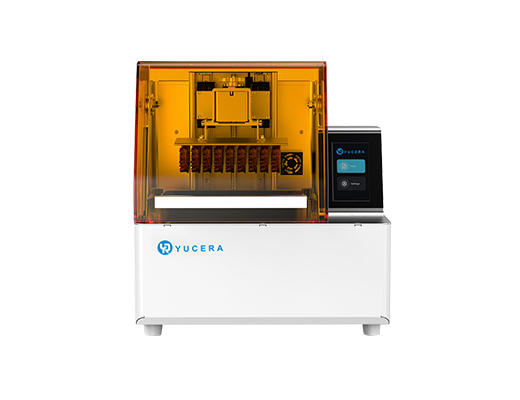
High-speed LCD printer for guides, temporaries, models with 8K resolution.
learn more